To brand is human.
A good brand beats every algorithm hack because brand can’t be hacked. A brand is not a logo. A brand is not name recognition or simply being “top-of-mind”. A brand is not a color scheme or a special sale. Those are merely tactics. Far too often, I see organizations and individuals waste time, energy, and lots of money because they do not understand how to effectively deploy brand in their marketing activities and customer relationships.
Let’s be clear… BRAND IS A FEELING.
Even deeper, it is a reflection of how people feels about themselves. If you can effectively understand and connect with that feeling, you win. Once you understand this, your offerings get more refined, your messaging aligns both your customers and your team, and guess what… you also make more efficient use of your marketing dollars.
One of my favorite definitions of brand comes from marketing genius Seth Godin. Seth defines brand as, “A brand is the set of expectations, memories, stories, and relationships that, taken together, account for a consumer's decision to choose one product or service over another.”
I created this little equation to communicate the long-term ROI of brand building activities vs sales activities:
Sales Conversion = 1 sale
Brand Conversion = Religion
If you convince someone to buy something from you, great! You made a sale.
If you convince someone that they feel better about themselves for doing business with you because of your mission and values, CONGRATULATIONS! You have now become a part of who that person is. You won’t have to ask for the next sale.
Get it?
This is the most human element of marketing and business, which is why I love engaging and executing to brand so much. If you feel the same way, welcome to the team!
If you or your organization would like to be better, I’d love to help.
I talk about branding and other business topics on my weekly show. You can check it out here.










Everyone gets ‘stuck’ in life. I just did in a MAJOR way. The new site we launched for Congruent took about 10 times longer to develop then if we had been building a site for a client. Why? Because it was ours. Because we were too close to it. Because that’s what happens when objectivity leaves the room.